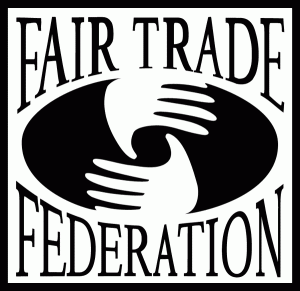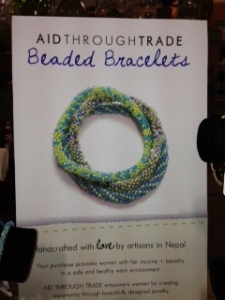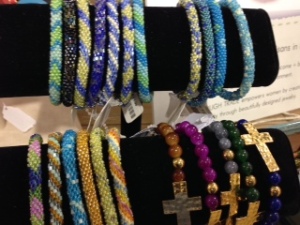Today is Valentine’s Day and we hope that each of you will celebrate green. Many of you reading this post have not finalized your plans for Valentine’s Day celebrations. Although some people procrastinate in making plans until the actual day, this year is different. The severe weather occurrences with heavy snow and ice storms over most of the United States for the past week considerably hampered many people’s ability to get out and shop. A lot of families are still snowed in with no power. Additionally, gifts that were supposed to be delivered by mail may not come in time for the holiday.

Credit: www.designbolts.com
The most important thing to remember is that Valentine’s day is about love, and materialism is not necessary to convey love. While Valentine’s Day often is criticized as being a man-made holiday, it still is important to us as humans. As we journey towards sustainable lifestyles, we learn that while investment in the environment is important, it is crucial that we include the investment in human lives as essential to achieving full sustainability.
The History of Valentine’s Day
In reality, this “lovely” holiday evolved from a very violent history. Valentine’s Day is named after a Roman priest under Emperor Claudius II during the third century. In this tumultuous era, the Roman Empire was divided into three competing states, with constant threats of invasion by one faction or another. The survival of the Empire became so threatened that Claudius struggled to maintain war power. Under the belief that unmarried soldiers fought better than their married counterparts, Claudius banned marriage among young people. However, the priest Valentine, held high marriage as a God-given sacrament and began officiating these unions in secret. He eventually was discovered, imprisoned and then beheaded. Later Valentine was martyred by the Church for giving up his life to perform the sacrament. Thus, Valentine’s Day is about love– love of God and love for each other.

St-Valentine-Kneeling-In-Supplication. Credit: en.wikipedia.org
Celebrate the spirit of Valentine’s Day.
The true spirit of Valentine’s Day should be reflected in our celebratory choices, and sustainability should be a driving concern in making these choices. Why buy chocolate candies produced by workers who are underpaid and treated unfairly when we can purchase guaranteed fair trade products? Why buy cut flowers that wilt and die in a matter of days when we can purchase potted plants and flowers that can be maintained in containers or transplanted outside to thrive and be enjoyed for years to come? Why spend long hours working to make money to buy “stuff” that creates clutter, especially when most families are starved for time together?

Emotionally-drained-love-valentines-day-ecards-someecards. Credit: someecards.com
Green is the way to go.
So as you ponder ways to celebrate Valentine’s Day, please be sure to remember that the day is about love and sustainability. Celebrate a green Valentine’s Day. To do so is to live green, be green.
__________________
Resources for this article:
http://www.huffingtonpost.com/2014/02/13/valentines-day-bloody-history_n_4768652.html







